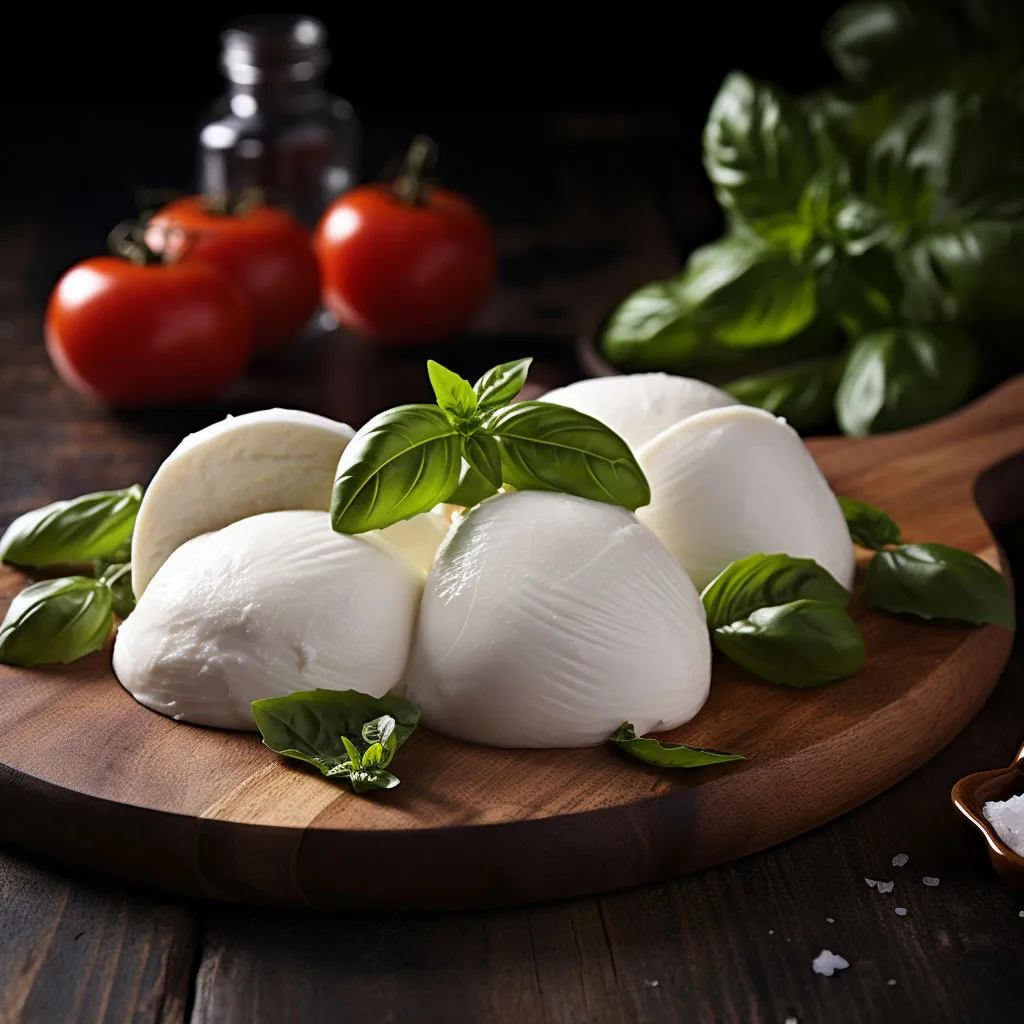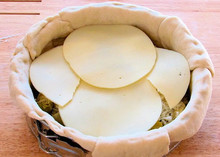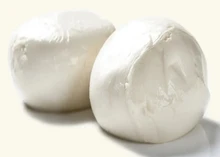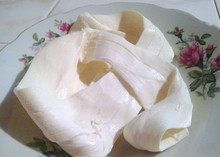
Substitutes for Mozzarella
Mozzarella cheese is widely used in cooking, especially in Italian cuisine. It is known for its stretchy texture, mild flavor, and versatility, making it perfect for pizza, pasta, and salads. However, there are times when you run out of mozzarella or are simply looking for something similar yet different in taste. Thankfully, plenty of mozzarella substitutes are just waiting for you to discover.
Is Mozzarella Similar to Buffalo Mozzarella?
Buffalo mozzarella is a traditional Italian cheese that originated in the Campania region. It is known for its high moisture content and delicate taste. In the U.S., Mozzarella tends to come from cow’s milk, and some might be surprised to learn that most Italians do not consider this to be mozzarella at all.
Buffalo mozzarella, then, is a type of mozzarella cheese made from the milk of water buffaloes. It has a slightly tangy flavor and a softer texture compared to the cow’s milk variety; it's also much more elastic.
While both cheeses have similar characteristics, buffalo mozzarella tends to be creamier and more flavorful due to its higher fat content. It is an excellent substitute for regular mozzarella in dishes that require a rich and distinctive taste.
It’s ideal for melting on pizzas or incorporating within pasta dishes; its intrinsic creaminess also adds a luxurious touch to salads and appetizers. Whether enjoyed on its own or as part of a recipe, buffalo mozzarella is a versatile cheese that can elevate any dish with its rich flavor and smooth texture.
Is Mozzarella Similar to Burrata?
Burrata is a fresh Italian cheese made from cow's milk, like mozzarella. However, it comes with a twist. The soft and creamy center at the heart of a traditional Burrata is made from mozzarella and cream, giving it a rich, buttery flavor that is difficult to forget once sampled. While you can use Burrata as a substitute for Mozzarella, its creamy texture makes it ideal for dishes that require a luxurious and indulgent touch. It is less useful on a pizza since its liquid center does not lend itself well to what is essentially a finger food.
Originating from the Apulia region in Italy, burrata is a delicacy that dates to the early 20th century. Its name, which translates to "buttered" in Italian, perfectly captures the essence of this cheese - a decadent combination of mozzarella and cream that oozes richness with every bite. The outer shell of Burrata is typically made from fresh mozzarella, giving it a firm, elastic texture that contrasts beautifully with the creamy interior.
Burrata is often accompanied by fresh tomatoes, basil, and a drizzle of extra virgin olive, reminiscent of a Caprese salad with added class. The creamy center of burrata pairs wonderfully with the acidity of tomatoes and the herbal notes of basil, helping create a harmonious blend of textures and tastes to delight the palate. Whether enjoyed independently or as part of a gourmet dish, Burrata offers a unique and indulgent experience that sets it apart from traditional Mozzarella.
Is Mozzarella Similar to Ricotta Cheese?
Ricotta cheese's smooth and grainy texture makes it suitable as a substitute for mozzarella in some instances but not in others. Made from the whey leftover from cheese production, Ricotta has a slightly sweet and mild flavor, not unlike a neutral-tasting cream cheese. Baked dishes such as lasagne or stuffed shells benefit significantly from its texture, making it an excellent replacement for Mozzarella. But it doesn’t grate or melt like Mozzarella does atop a pizza. This is not to say it doesn’t taste great on pizza – it most assuredly does – but it produces a distinct experience.
The origin of Ricotta cheese dates to ancient times. "Ricotta" means "recooked" in Italian, referring to the traditional way of making this cheese by reheating the whey left over from the primary cheese-making process. This process allows the remaining proteins in the whey to thicken and form the creamy Ricotta cheese we know and love today.
Regarding nutritional value, ricotta cheese is a significant source of protein and calcium and is popular with those looking to incorporate more nutrients into their diet. It is also lower in fat than many other cheese types, making it a healthier option for anyone watching their fat intake. Whether enjoyed on its own with a drizzle of honey or used as a versatile ingredient in both savory and sweet dishes, Ricotta cheese brings a unique flavor and texture to the table that sets it apart from its stretchy counterpart, Mozzarella.
Is Mozzarella Similar to Bocconcini?
Bocconcini, meaning "little bites" in Italian, is a small, bite-sized mozzarella cheese ball. It has a similar flavor to regular mozzarella but is softer and more moist. Bocconcini can be used as a substitute for mozzarella in dishes such as salads, pasta, and bruschetta. Their small size makes them convenient to use and provides a delightful burst of flavor in every bite.
Is Mozzarella Similar to Provolone?
Provolone is a semi-hard Italian cheese with a much stronger flavor than mozzarella. Texture-wise, it offers a similar smooth and creamy feel to mozzarella with the same amount of pull since -- like Mozzarella -- it is a pasta filata or stretched cheese. Provolone works well as a substitute for mozzarella in sandwiches, pizzas, and casseroles, and that is doubly true if you’re looking for something with a bolder and more robust flavor.
Is Mozzarella Similar to Oaxaca Cheese?
Oaxaca cheese, also known as quesillo, is a Mexican cheese with a stringy texture similar to mozzarella in terms of its stretchiness and melting capabilities. It is often used as a substitute for mozzarella in dishes that require a melted and gooey cheese topping, such as what you would expect to find in quesadillas, enchiladas, or atop nachos.
Is Mozzarella Similar to Gruyere Cheese?
Gruyere cheese is a Swiss cheese with a slightly nutty and savory flavor. Its firm and creamy texture makes it an excellent substitute for mozzarella in dishes that require melting, such as in gratins or quiches. Gruyere cheese adds a unique and sophisticated taste to these dishes, elevating them to a new level of deliciousness.
Although mozzarella holds a special place in the hearts of cheese lovers, several substitutes are available that bring their own distinct flavors and textures to elevate your culinary creations to the next level. Buffalo mozzarella, burrata, ricotta, bocconcini, provolone, Oaxaca cheese, and gruyere bring something unique to the table that invites experimentation.







